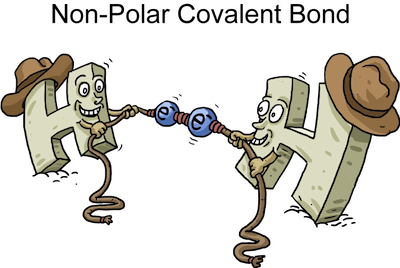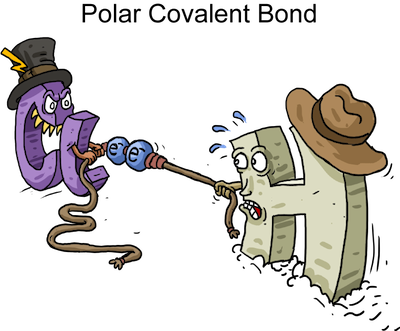Can you compare the location of bonding electrons in a polar covalent bond with those in a nonpolar covalent bond?
1 Answer
In a covalent bond, electrons are shared between the two atoms that come together to form said bond. However, the nature of those atoms will determine if those electrons are shared equally, or unequally.
Two atoms with either equal, or very similar electronegativity values (the difference must not exceed 0.5) come together to form a nonpolar covalent bond. For this type of bond, the bonding electrons will be shared equally among those respective atoms, which means that the electron density will not be greater for one or the other.
You could say that the two bonding electrons will spend an equal amount of time on each of the two atoms.

When the difference in electronegativity values is bigger than 0.5, the bond formed will be polar covalent. This time, the bonding electrons will not be shared equally between the two atoms. The more electronegative atoms will have these two electrons for more time than the less electronegative atom.

Thus, electron density will no longer be equal for the two atoms; since the electrons will spend more time on one of the atoms, partial charges will arise - negative for the more electronegative atom, and positive for the less electronegative atom.
Here's a nice caricature of how these two types of bonds look like:



